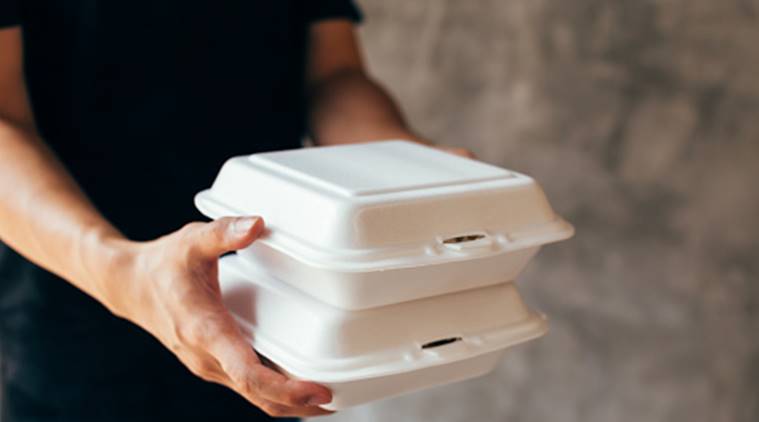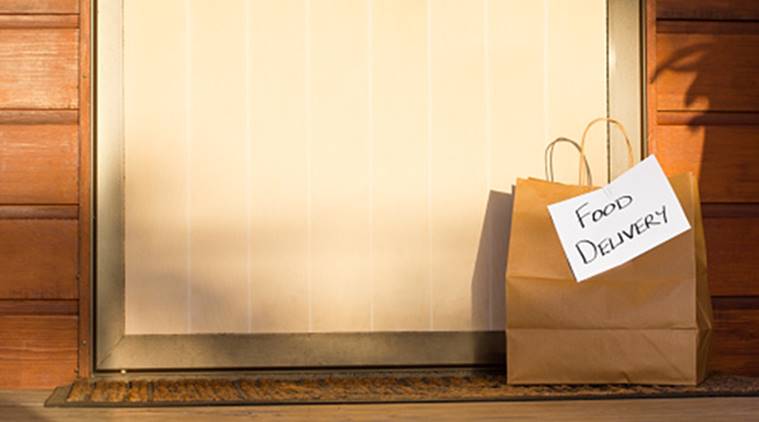 Food delivery partners are being trained on sanitisation practices. (Representative image, source: getty images)
Food delivery partners are being trained on sanitisation practices. (Representative image, source: getty images)
With experts advising social distancing to minimise contact at the time of the coronavirus scare, most of us are skeptical of ordering in food, unless it is absolutely necessary. The concerns here are not completely baseless, now that people are trying to take all preventive measures for fear of exposure to infection. Restaurant aggregrators, however, have adopted several delivery practices to ensure the safety and hygiene of both the riders and the consumers, from providing contactless delivery options to incorporating sanitisation measures.
Here’s what they are doing:
Training riders: Food delivery companies are training riders on the best practices of safety and hygiene, as issued by WHO — proper method and frequency of hand sanitisation, sneezing etiquette, and wearing of masks — along with identification of warning symptoms. Free face masks have also been distributed to the riders in affected cities.
Read| Coronavirus: How food and grocery delivery services are following social distancing
Sanitisation booths at restaurants: At partner restaurants, hand sanitisation stations have been set up at the order pick-up point for the riders to wash their hands before they take the packets for delivery. Restaurants also have temperature guns for checkup to ensure they pick the order only when the body temperature is normal.
Cash-on-delivery disabled: This has been done to minimise contact between the customer and the delivery partner. This means you need to make the payment online for every order you place.
 Now, you can opt for contactless food delivery. (Source: Getty Images)
Now, you can opt for contactless food delivery. (Source: Getty Images)
Contactless delivery: For all prepaid orders, customers can select the contactless delivery option on the app. The rider will leave the package at your doorstep and intimate you. This way you can avoid any contact with the rider.
Guiding restaurants on sanitation practices: Restaurants that are still operational at the time, self-certify to follow hygiene and sanitation in their kitchens. This includes sanitisation of kitchen slabs and utensils, temperature check, use of three-layered masks by staff and handwashing. One aggregator also provides the option for the customer to see photos of restaurant kitchens audited by expert third party auditors if they are doubtful of their hygiene.
Self-quarantine measures: Riders and restaurant staff have been advised to self-quarantine themselves for 14 days upon noticing any symptoms related to COVID-19. Companies have committed to offer financial assistance to riders during the time of quarantine to cover lost earnings so that they are not forced to work during the time. Free on-call medical consultation and a special COVID medical insurance is also being provided for the delivery partner and their family members.
Read| ‘Eat real food, it’s your best natural defence to fight any virus’
Grocery delivery: With people frantically buying food items in bulk, some companies are also delivering essential grocery items across the country, through a network of nearby grocery stores and FMCG companies.
Apart from the above measures, the companies are also trying their best to offer financial assistance to delivery partners now that their earnings have taken a hit:
Tip for rider: The apps request customers to tip the delivery partners generously to show appreciation and support for those who are risking their health to earn a living at this time.
Setting up relief funds: Aggregators have set up a separate fund to support their delivery fleet, with contributions from immediate workers at the company and the community. This is meant to cover for the reduced earnings amid the coronavirus crisis, provision of food and grocery packages, and medical emergencies.